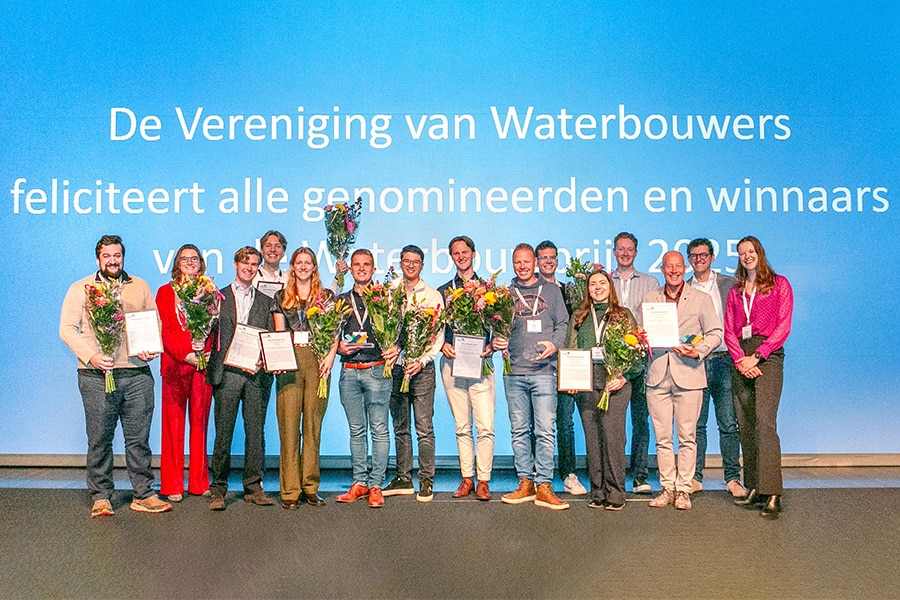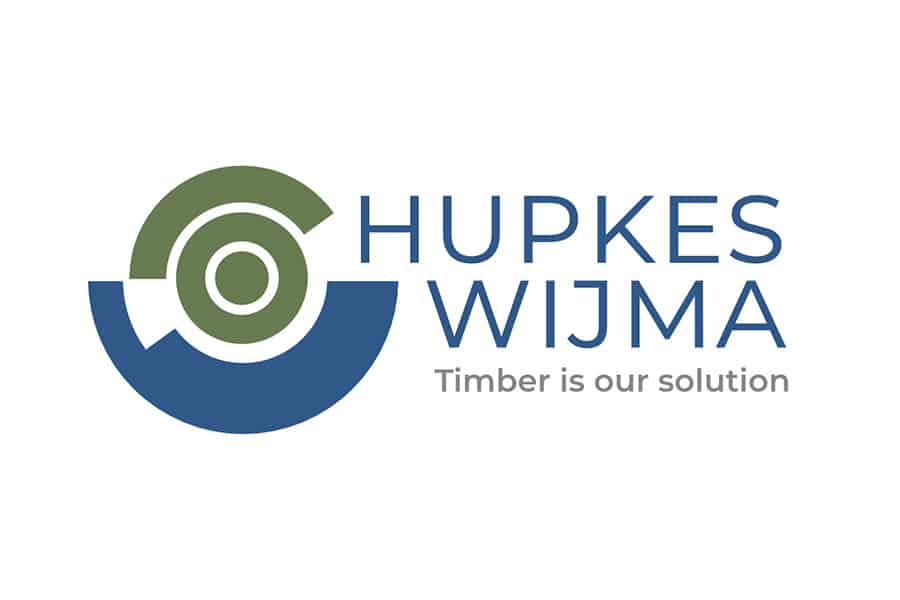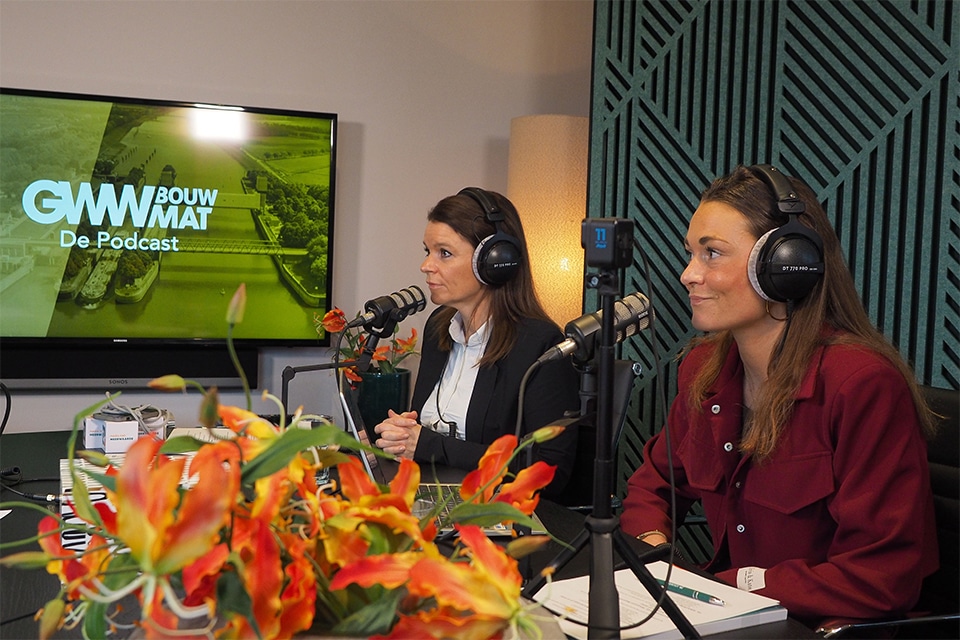
'Circular demolition is a journey we take together'
Smart and circular demolition
Demolition work often involves a lot of noise and dust. Struijk, responsible for the demolition work at Zuidasdok, is responding well to this. For example, they are deploying various quieter demolition techniques. Another important spearhead is the circularity of concrete and steel, among other things.
"In recent months we have been working almost continuously on the renewal and expansion of Amsterdam Zuid station," says Corstian van Hartingsveldt, director of Struijk. The company is big on special projects. Among other things, they are involved in demolition work of the Roggebotsluis and the Haringvliet Bridge, but also, for example, in the circular demolition of a nursing home with attached apartments in Harderwijk, the dismantling of various Tennet sites in the Netherlands including the associated asbestos remediation, chromium-6 remediation, demolition work and soil remediation to making concrete girders from a bridge suitable for circular reuse. "With our business office, we are set up for more complex work. We do all the work preparation and planning in-house. We have our own workshop with mechanics and are particularly strong in tailoring equipment for project-specific applications."
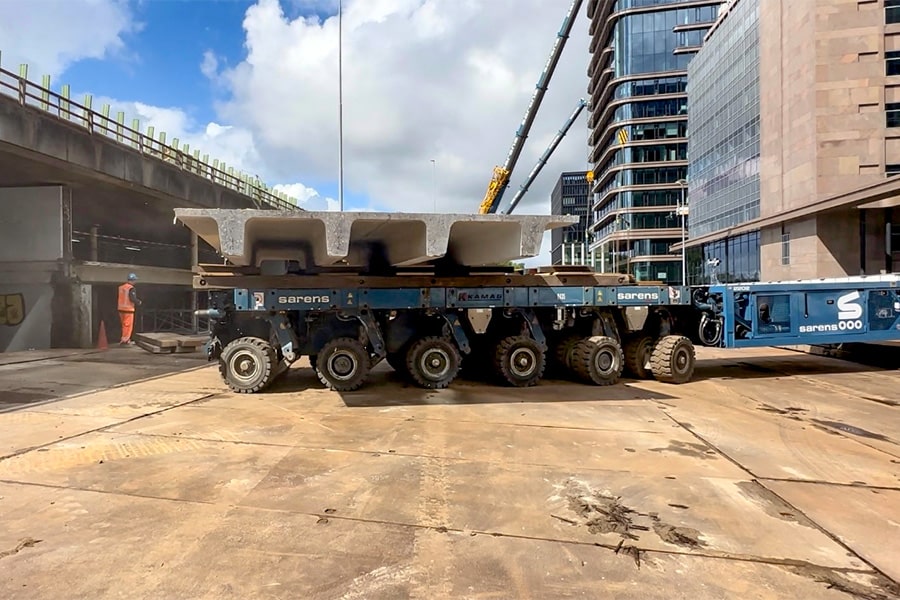
Circular demolition
In recent months, Struijk has carried out various demolition activities at the Minervapassage in Amsterdam. During this phase, for example, they dismantled the Atrium parking garage, removed the beams from a concrete deck, shortened a steel sheet pile wall, removed a retaining wall and demolished part of the former Amstelveen Arch under the A10 motorway. The released debris will go to the company Urban Mine in Zaanstad. This company specializes in recycling demolition rubble: it turns it back into new concrete. This concrete is delivered back to the project. "We want to demolish as much as possible in a circular way. We can make so much more impact if materials are reused one-to-one. How great is it that at Zuidasdok we can process the concrete girders from the various decks in a subsequent project? This is only possible by looking at demolition work very differently. This is a journey where we experience together how we can do this." Not only concrete is recycled, but steel is also reused whenever possible. For example, Struijk dismantled a steel preconstruction table on which new concrete decks were made. These decks have since been retracted under the A10 and train tracks. Some 500 tons of the released steel will be used circularly on a subsequent project. In the next phase of the renewal and expansion of Amsterdam Zuid station, Struijk hopes for even more reuse of materials.
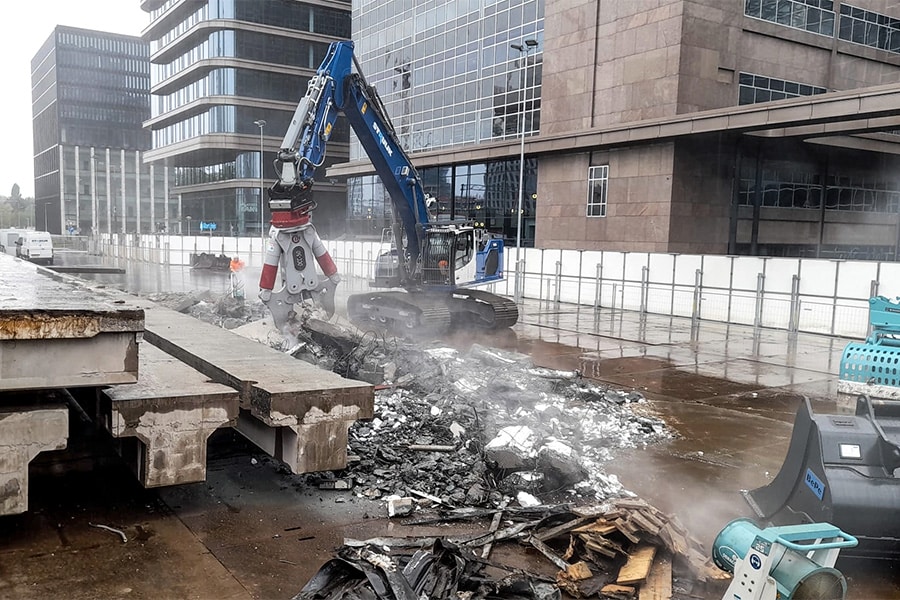
Good cooperation
Corstian is very pleased with the cooperation with contractor Bouwcombinatie Nieuw-Zuid: "It is well organized from Bouwcombinatie Nieuw-Zuid. There is a lot of attention to safety. We are working with many parties on site. Integral safety in particular requires coordination and time. The building sites are neat and tidy and the cooperation is so good that you dare to speak to each other if there is something wrong, but at the same time compliment each other when things are going well." As for noise pollution, they take that into account optimally at Struijk. For example, instead of demolition hammers, where possible they deploy quieter concrete shears with which the concrete is cut, and large saw blades are replaced by so-called whisper blades or wire saws. "In some cases we work at night and deploy electrical equipment. We did the latter, for example, during the demolition work in the Minerva passage."

